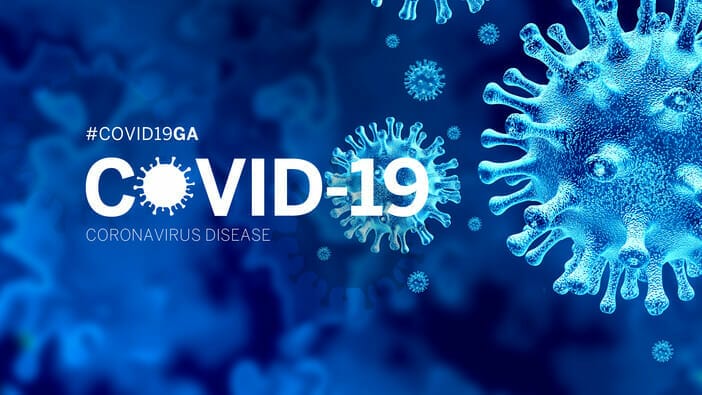In midst of unprecedented time, people are asking me questions about Quinine – Chloroquine / Hydroxychloroquine medicines which are currently used in treating COVID-19.
Dr. Bharat Vaidya, B.A.M.S., M.D.
Owner and Founder of Ayurved Sadhana
These are traditional medicines of modern medical science just like penicillin, and many times they are being used to treat Malaria or some auto-immune diseases. The main question by people is why some patients are not getting cured even if treated with these medicines. All these medicines and even antibiotics highly effect adversely on Rakta Vaha and Rasa Vaha Srotamsi (Blood and Plasma channels). When we look through modern pharmacology, every medicine goes through liver. As per Charak and other Ayurvedic sages, the seat of blood is liver and spleen. Even though after giving these western medications, patients are dying because as per Ayurveda Pitta (bile-enzymes) humor gets vitiated. Pitta and Rakta (blood) are closely related. Hence, Rakta gets vitiated as well.
Pharmacodynamics of HCQ: Now, let’s review the modern pharmacology. Antimalarials are lipophilic weak bases and easily pass plasma membranes. The free base form accumulates in lysosomes and is then protonated, adding an additional hydrogen, resulting in concentrations within lysosomes up to 1000x higher. Alteration in pH towards more basic causes inhibition of lysosomal acidic proteases causing a diminished proteolysis effect. This causes decreased intracellular processing, glycosylation and secretion of proteins causing immunologic and nonimmunologic consequences. There are decreased immune cell functioning such as chemotaxis, phagocytosis and superoxide production by neutrophils. HCQ is a weak diprotic base that can pass through the lipid cell membrane and preferentially concentrate in acidic cytoplasmic vesicles. In the compartment for peptide loading and/or the subsequent processing and transport of the peptide-MHC complex to the cell membrane, the higher pH of these vesicles in antigen-presenting cells limits the association of autoantigenic peptides with class II MHC molecules.
My father Dr. Prafulla Vaidya who was integrated medicinal practitioner (Ayurveda and Western Medicine Doctor) used to administer 2 cc of Chloroquine and 1 cc of Novalgin injection in acute fever, pain, severe cases of influenza and other rheumatic conditions. But, the key secret of success was that he was combining the treatment with Ayurveda. With help of Ayurveda, he was taking care of blood and pitta as much as possible while treating patient with Chloroquine. Vitiated pitta and blood can increase inflammation of lungs and GI track. Hence, the patient’s condition gets worse rather than improving after taking these medicines. But, doctors think that medicine does not suit that patient.
Our modern medicine does not believe in fire elements or humor pitta because they are unable to see it under microscope. Here, I would like to give you proof of argument what Dr. Popat Prabhuram presented in Bombay high court in 1928 when lawsuit was filed against him by Medical Council of India and British government. He was very successful physician of his time because he had complete knowledge of Ayurveda, Allopathy and Unani medical system. Please see the attached photo of original document form 1928 as a proof. Courtesy of old archive – Bombay High court, India).
As per the article, patients’ conditions were getting worse even though treating with Quinine or anti-malarial drugs. Doctors at that time were trying to find what was wrong – diagnosis, treatment or science itself. But, in actual sense, Ayurveda was able to throw a light over this situation by providing explanation about Tridosha Theory – Vata, Pitta and Kapha. As per Dr. Popat Prabhuram, Quinine aggravates the humor Pitta in the patient with malarial fever.
Hence, we should administer pitta claiming herbs and should take blood protective measures while treating the patients. Ayurvedic herbs like Amalaki (Phyllanthus embica) which is loaded with tons of vitamin C, Sariva (Hemidesmus indicu), Manjishtha (Rubia cordifolia), Prapataka (Hedyotis corymbose), Vetiver (Chrysopogon zizanioides), etc. should be given to patient along with modern medicines.
While patient is going through the viral or malarial fever, patient should also be given food which can be easily digestive like homemade green moong broth, rice kanji (rice gruel), rice broth (rice peya), or vegetable broth etc. Here are recipes for Peya and Vilepi for your reference.
Paya: To make rice peya or rice broth, wash 1 part of rice and cook it with 8 parts of water. After rice is cooked totally, drink the water portion only which is called as Rice Peya.
Gruel: To make gruel or Viepi, wash rice or dal thoroughly. On slow gas/fire, in heavy pan, put rice/dal, salt, and water and let it simmer. Let it cook till all the grains are cooked thoroughly and gruel is of thick consistency. Then serve with cumin powder and ghee for taste.
Ayurved Sadhana will continue adding more health tips and recipes through Facebook and Newsletter.
Please stay at home and be healthy!! If you have any questions, please send email to info@ayurvedsadhana.com
All rights reserved by Ayurved Sadhana Vidyalaya.
Do not distribute or publish this material.


